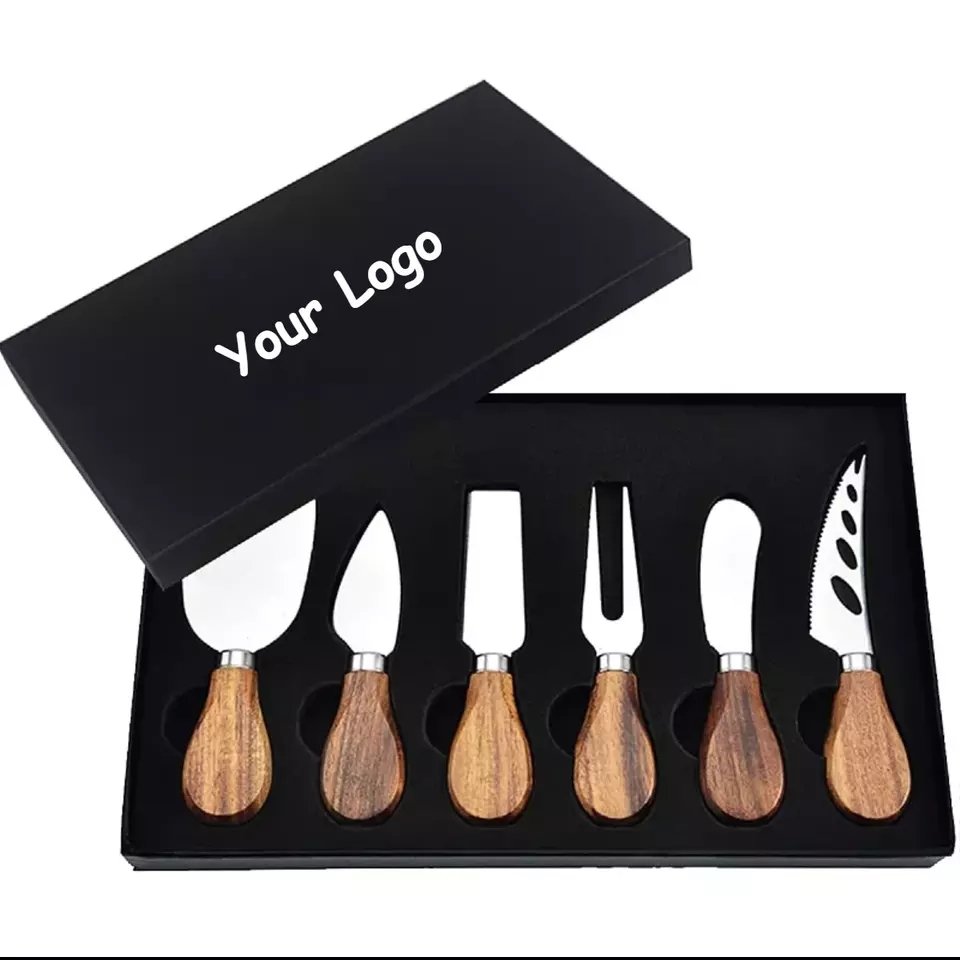Choosing the right cutlery for your restaurant can be challenging. The right choice can enhance your restaurant’s image and the customer experience. In this article, we’ll guide you through key factors to consider when selecting restaurant cutlery, ensuring your choice is both functional and stylish.
When choosing cutlery for your restaurant, consider the material, durability, design, and functionality. High-quality cutlery enhances not only the dining experience but also the overall atmosphere of your restaurant.
In the following sections, we’ll explore key considerations like material, design, and how to pick the best cutlery for various types of dishes. Read on to make informed decisions.
Table of Contents

What Material Should Restaurant Cutlery Be Made Of?
Material plays a crucial role in selecting cutlery for your restaurant. The material of your cutlery impacts its durability, appearance, and suitability for daily use. Understanding the best options for different needs will help you make the right choice.
Common cutlery materials include stainless steel, silver, and plastic. Stainless steel is often the preferred choice due to its durability, ease of maintenance, and variety of designs. Silver may be chosen for its elegance, while plastic is a budget-friendly option.
When selecting material, stainless steel stands out for its versatility and practicality. The most common types are 304 stainless steel and 18/10 stainless steel, the latter being more durable and resistant to corrosion. Silverware, while luxurious, requires more maintenance and is more prone to tarnishing. Plastic is typically used for disposable or budget-conscious establishments but may lack the prestige of metal cutlery.
How Important Is the Design of Restaurant Cutlery?
The design of your cutlery is about more than just appearance; it impacts the dining experience. A well-designed piece enhances the atmosphere of your restaurant, giving customers a more pleasurable dining experience.
Choosing cutlery that fits your restaurant’s style is essential. Modern minimalist designs may suit fast-casual restaurants, while classic designs could complement a fine dining setting. The right design will elevate your brand identity.
Design affects not only aesthetic appeal but also functionality. For example, ergonomic handles contribute to comfort, especially for long meals. Consider the weight of the cutlery too; overly heavy or too light pieces can be uncomfortable. Incorporating your restaurant’s theme into the design ensures that your cutlery aligns with your overall ambiance, from contemporary designs for a chic café to more ornate sets for a traditional restaurant.
How to Choose Cutlery for Different Types of Dishes?
Each dish served in your restaurant demands specific cutlery. Whether you’re serving pasta, seafood, or a steak, the choice of utensils can significantly enhance the customer experience.
Different dishes require specific types of cutlery. For example, pasta dishes are best enjoyed with larger spoons, while steak requires a sharp and sturdy knife. Matching the right utensil to the dish makes a subtle yet significant difference in how customers enjoy their meal.
Consider the nature of the dish when selecting cutlery. For delicate dishes like seafood, a small fork and specialized seafood utensils are essential. For heavier dishes like steaks, a solid, serrated knife is necessary to cut through tougher textures. Consider also if you’re serving small bites or tapas-style dishes, where smaller forks or spoons might be more appropriate. This level of consideration ensures your customers have the best possible experience, enhancing your restaurant’s reputation.
How Do You Maintain Restaurant Cutlery?
The longevity of your cutlery depends significantly on how well it’s maintained. Regular care and proper storage can keep your cutlery looking pristine for years to come.
Proper maintenance of restaurant cutlery involves regular cleaning, avoiding harsh chemicals, and ensuring it is stored properly. For example, stainless steel cutlery should be dried immediately to prevent watermarks.
Different materials require different care techniques. Stainless steel cutlery is the easiest to maintain and typically requires a soft cloth for drying to prevent spotting. Silverware, on the other hand, requires regular polishing to prevent tarnishing. When storing cutlery, avoid overcrowding it in drawers as this can cause scratches or dull edges. For highly polished cutlery, using a microfiber cloth is often recommended to maintain its shine. Ensuring your restaurant staff is trained in these best practices ensures long-term durability of your investment.
What to Consider When Buying Cutlery?
Buying the right cutlery for your restaurant requires more than just picking a set that looks good. Price, durability, and intended use are key factors that need to be considered.
When purchasing cutlery, focus on quality, cost, and specific needs of your restaurant. Researching reputable suppliers and checking their product certifications can ensure you are making a worthwhile investment.
Before purchasing, assess your restaurant’s requirements—do you need heavy-duty cutlery for frequent use or more elegant options for fine dining? Consider supplier reputation, customer reviews, and whether the cutlery meets any relevant certifications. Additionally, ask about warranty or replacement policies to protect your investment. If you’re in a high-volume restaurant, you’ll want to prioritize durable designs that can withstand constant use without compromising style.
How Can You Tell If Cutlery Is Good Quality?
High-quality cutlery is more than just shiny and attractive; it’s built to last, comfortable to use, and resistant to wear and tear over time.
The quality of cutlery can often be judged by its weight, shine, and material. Premium quality cutlery such as 18/10 stainless steel is corrosion-resistant and durable.
Good quality cutlery will have a consistent smooth finish without visible blemishes. It should feel substantial in hand but not overly heavy. When inspecting stainless steel, look for markings like “18/10,” which indicates it contains 18% chromium and 10% nickel—both providing corrosion resistance and strength.
How Do You Know Which Cutlery to Use?
Choosing the right cutlery depends on meal type, dining setting, and even cultural context. Knowing what utensil to use can elevate the dining experience.
Each course may require a different piece of cutlery; for example, a soup spoon is used for the first course while a steak knife and fork are used for the main dish. Understanding these rules helps streamline dining processes.
At formal dinners, using correct cutlery is essential for making good impressions; forks are generally placed on the left side of plates while knives are on the right side with blades facing inward.
What Is the Rule of Cutlery?
Understanding proper rules of using cutlery adds sophistication to dining experiences; knowing when and how to use various utensils ensures smooth service.
The basic rule is to use cutlery from outside in—starting with outermost utensils for first courses before moving inward as courses progress.
This guideline helps ensure diners enjoy each course sequentially without confusion during formal meals where etiquette matters greatly.
What Makes Good Quality Cutlery?
Good quality cutlery combines durability with style; focus on longevity and comfort without sacrificing design when selecting pieces for restaurants.
The best quality cutlery typically consists of high-grade stainless steel like 18/10 which resists corrosion while retaining shine over time—ideal for high-end dining experiences.
Good quality pieces feature craftsmanship alongside functionality; ergonomics matter too—comfortable handles reduce fatigue during extended use while elegant designs leave lasting impressions on diners. Choosing the right cutlery for your restaurant goes beyond just picking something that looks good; it enhances dining experiences while maintaining functionality aligned with style needs. By considering material choices alongside maintenance practices ensures customers enjoy every meal fully.





